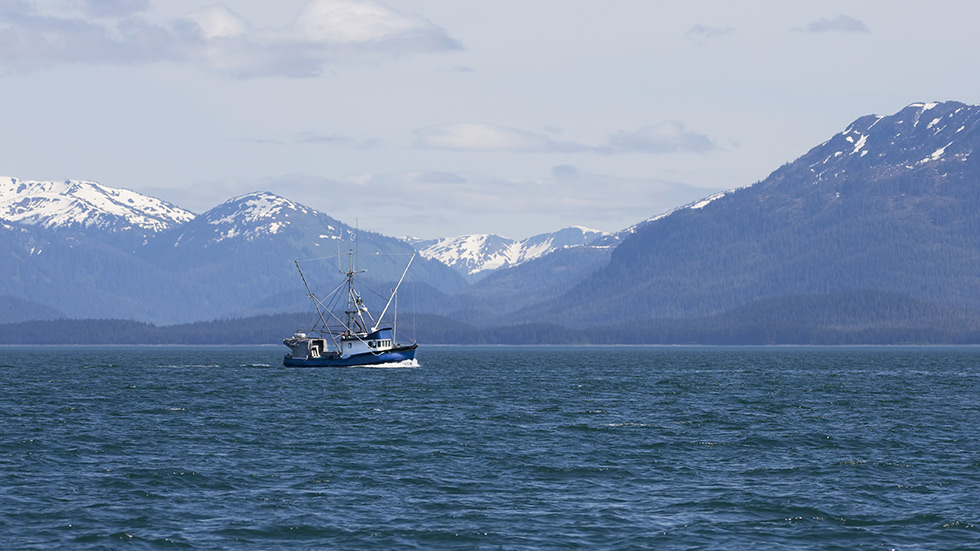| Bruce Botelho | The Hill |
Over the last two years, questions about election processes and outcomes have become yet another red-hot issue in the national conversation.
In Alaska, we took a big step toward giving voters more influence in who represents us in Washington. In November 2020, voters approved a ballot measure that ensures Alaska’s future elections put voters first. It created a two-step process: an open, pick-one primary, after which the top four vote getters advance to a ranked choice general election.
”This gives Alaskans more choices, encourages greater issue engagement, and helps ensure that winners are elected with the support of a true majority of voters.
In June, this new system launched, as Alaskans took part in the first open, nonpartisan primary election to select the top four candidates for Alaska’s at-large congressional seat and to fill the vacancy left by the passing of Rep. Don Young.
Our new primary system contrasts with the process used the last time we had an open congressional seat in many ways.
In 1973 there was no primary. Instead, 215 party insiders used internal, partisan processes that had no public buy-in to select the two candidates who appeared on the special election ballot. Everyday Alaskans had no say in who their choices would be. This year, every Alaskan was allowed to participate and was allowed to vote for the candidate of their choice, regardless of their — or the candidate’s — political affiliation.
A total of 48 Alaskans ran in the special primary election, offering voters a genuine choice in political ideologies and party membership. The candidates reflected Alaska’s diversity and hailed from every corner of the state.
Earlier this year, every registered voter was mailed a ballot and could vote for any candidate of their choosing. More than 161,000 ballots were returned — in fact, turnout for the special primary was greater than seven of the previous nine primary elections.
Now, we have three choices for the special general election to be held on Aug. 16 (it would have been four, but the third-place finisher dropped out too late to replace them with the fifth-place finisher).
Advancing the top four vote-getters to the general election ensures that the candidates Alaskans most support, regardless of party affiliation, are the ones they get to choose from in November. Advancing four candidates balances the need for voter choice with representative primaries to give Alaskans more say in their elections and who represents them.
However, the biggest step forward for voters is the implementation of ranked choice voting (RCV) in the general election.
In a ranked choice voting election, voters can rank candidates in order of preference from first to fourth. This gives Alaskans more choices, encourages greater issue engagement, and helps ensure that winners are elected with the support of a true majority of voters. It also eliminates the so-called “spoiler effect” that we often see in races with more than two candidates.
As you watch Alaska’s returns, remember that in the overwhelming majority of instances of RCV, the candidate with the most first-choice support prevails. But in the few instances they don’t, it’s because that candidate just doesn’t have enough support to win a majority of voters.
Previously, candidates often won elections in Alaska with support from less than a majority of their constituents, which meant most voters supported someone else. In a state with a long history of viable third-party and independent candidates, this meant it wasn’t always true that winning candidates represented what Alaskan voters want.
Some cities and states with RCV elections produce results on election night, while others take a longer time to report, like Alaska. For Alaskans, we know our extended vote-counting period is not new or unique to RCV; Sen. Lisa Murkowski’s win in 2010 was called after 15 days, and Rep. Young and Sen. Dan Sullivan’s wins in 2020 were called after eight days. Our new voting system is no different. There will be those who will try to use RCV to sow doubt about the process and outcome. Therefore, understanding how it works is critical for everyone.
As we embark on this new path to strengthen the role voters play in deciding who represents us, Alaskans believe RCV will provide voters more choice, more voice, and more power.
Bruce Botelho is the former attorney general of Alaska and former mayor of Juneau. He currently sits on the board of Alaskans for Better Elections.





